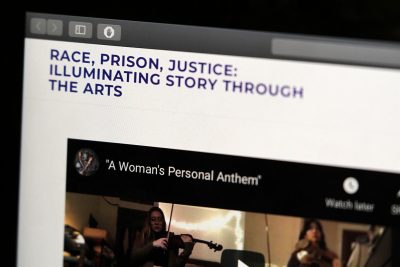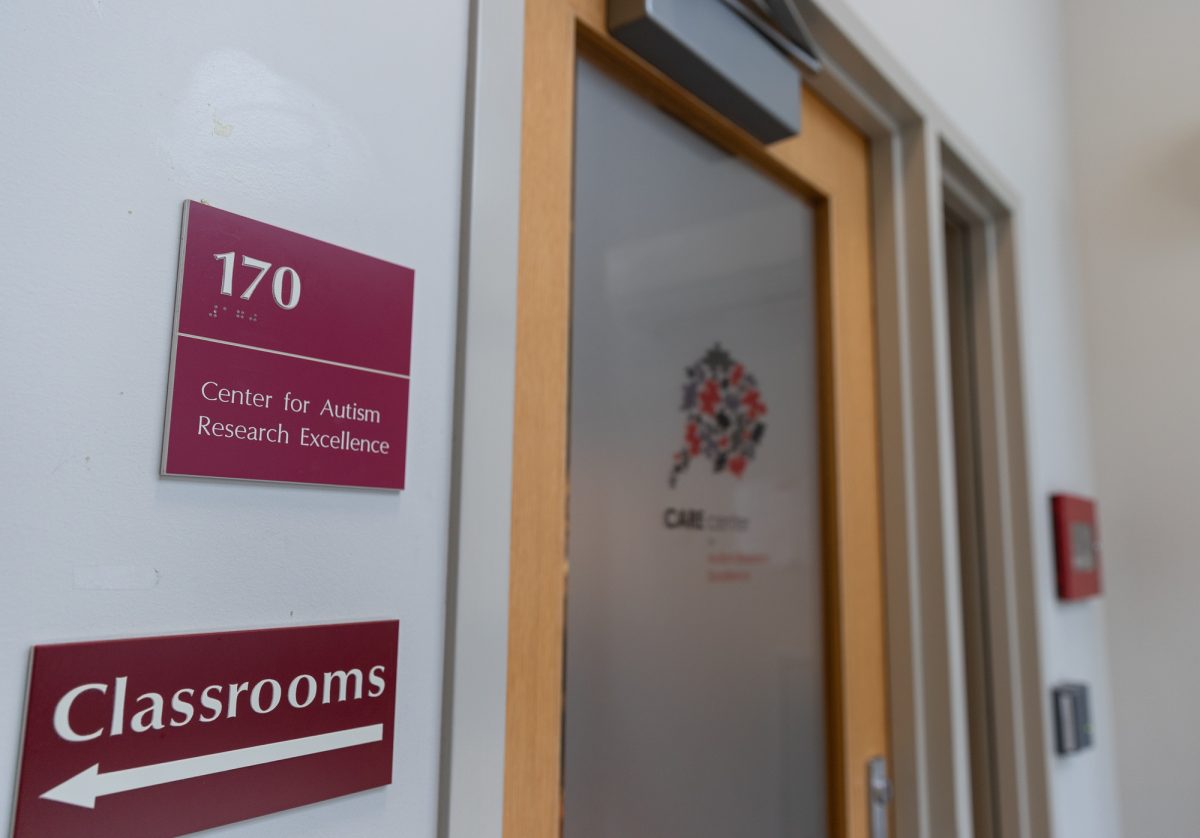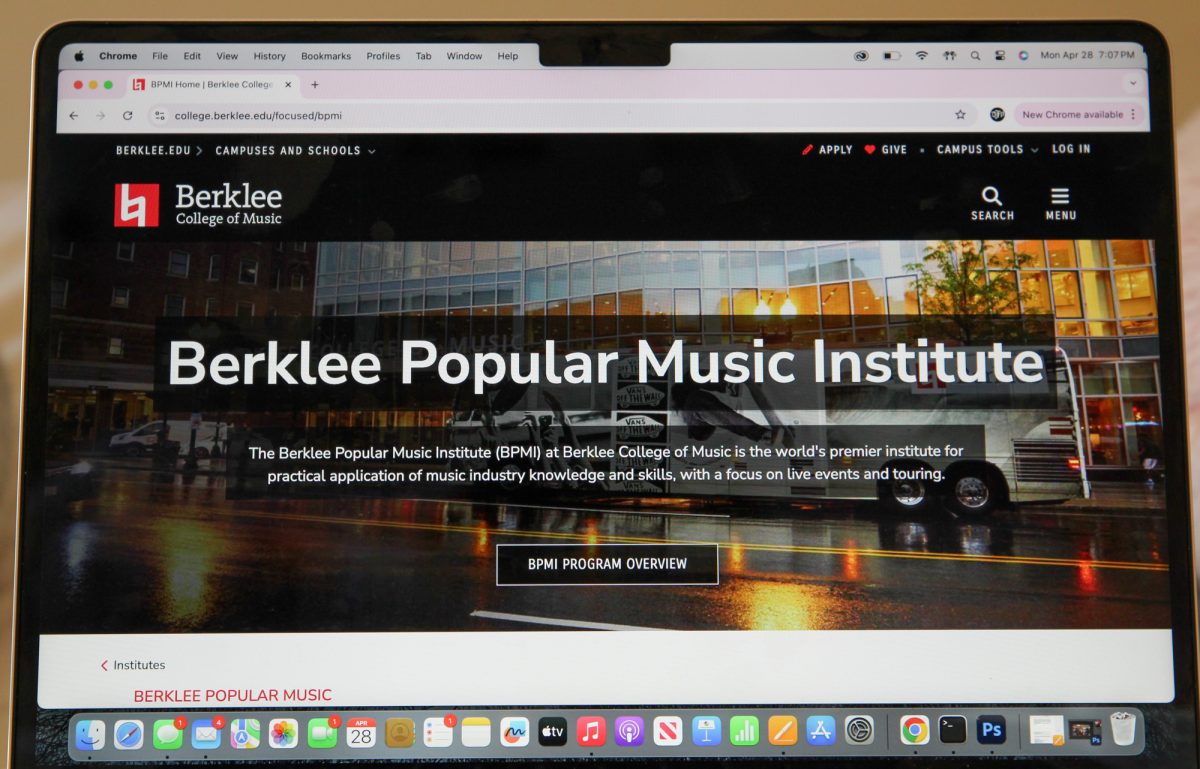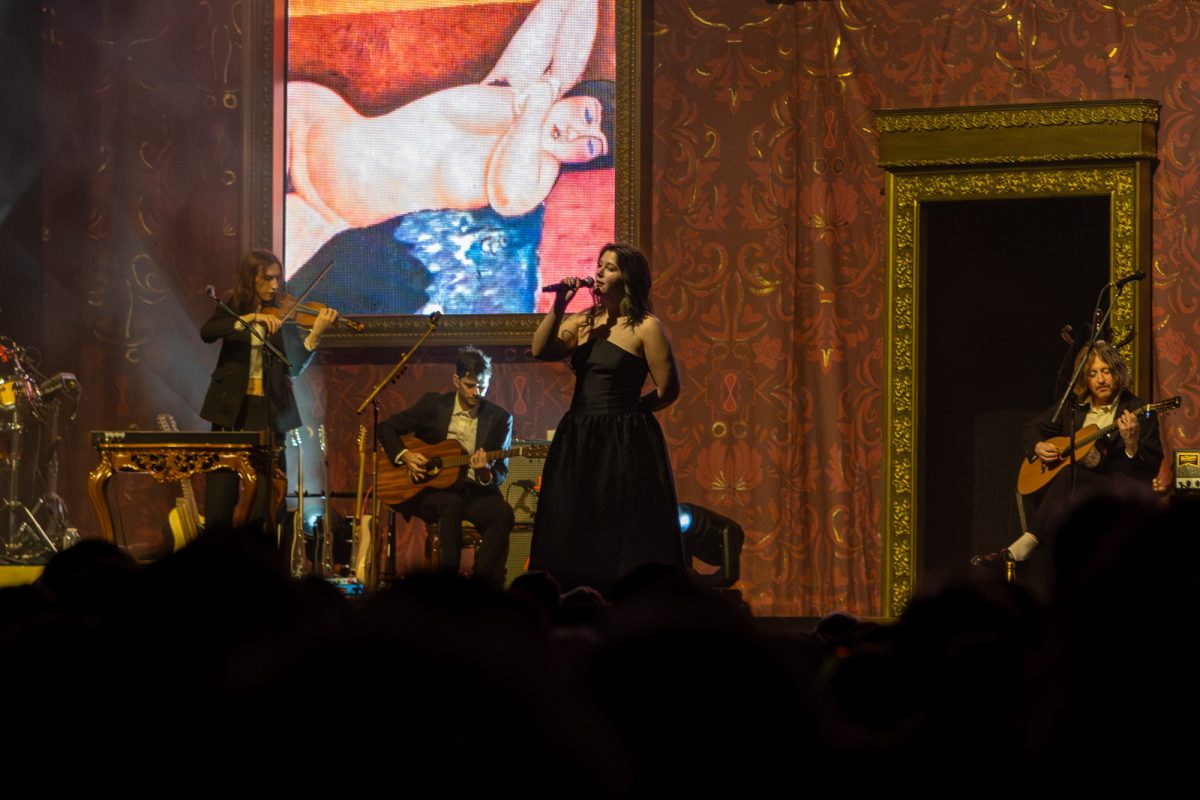
By Lily Kepner, Emma Varcia
The Prison Arts Project at the College of Fine Arts unveiled a virtual gallery titled “Race, Prison, Justice: Illuminating Story Through the Arts” Thursday to bring attention to the intersectionality of race and mass incarceration in the United States while highlighting the stories of incarcerated and formerly incarcerated individuals.
In the “university-wide project,” students and artists across disciplines produced and curated around 100 pieces of artwork — with more to come — in mediums ranging from phone calls to poetry that are exploring the systemic injustice of the U.S. prison system, said André de Quadros, a leader on the project.
“We want our students and community participants to engage with the people who are in prison currently, and people who are recently released to give them a better understanding of the systems of injustice, the brutality of prisons,” he said, “and how we don’t have at all a fair justice system in this country, not even approaching a justice system that’s equitable or fair.”
Judy Braha, another leader of the project and the program head of the MFA Directing program in the School of Theater, said the project’s purpose was rooted in activism.
“The purpose of the project was to create a space for dialogue about arts and activism,” she said, “and to center the stories of Black and brown incarcerated and formerly incarcerated people, many of whom we had taught before through the BU Prison Education Program.”
The virtual gallery is a “living gallery” and will continue to grow over time. On the website, community members can click on the “Artists” tab to select an incarcerated or formerly incarcerated artist and read about their background and work.
Thirteen students from the CFA Collaborative Arts Incubator course, taught by both Braha and de Quadros, curated and designed the art gallery. Students from the course, along with more than 50 cohort participants from the Race Prison Justice Project, created artistic responses to each artist, which can be seen in the collective art gallery.
“It’s an extraordinary gallery,” de Quadros said. “It says a lot about how deeply Boston University community participants care.”
Braha said the collaborative project was an effort that utilized art as a powerful tool for social justice.
“We’re very excited about how the arts and social justice come together,” she said. “Getting students to understand the power of how making a piece of art and sharing that with someone, like we are doing in the virtual gallery, can really change their perspective entirely.”
Braha said there were doubts about making the project happen in the pandemic, but she was pleasantly pleased with the results.
“We actually thought it was kind of impossible to do during COVID, but we wanted to try it anyway,” she said, “and it turned out that this kind of Zoom situation sometimes has its own sort of intimacy.”
De Quadros said he hopes the gallery helps the BU community better understand the problems in the U.S. justice system and be inspired to make change.
“What they could gain from it, we hope, is that everybody gets a deeper understanding of the horrors of mass incarceration, of the rampant injustice and brutality of mass incarceration, as it connects to race,” he said, “and that they also get a deeper understanding of how the arts can contribute to changing attitudes.”
Krystal Morin, another project leader who has been working on the Prison Arts Project since 2020, said she joined the project after a desire to raise awareness around this “hidden” issue in society.
A choral educator herself — completing her master’s in choral conducting at the Boston Conservatory at Berklee right now — she said “using music as a vehicle to empower” is one of her passions. But she said a special part of the gallery was the variety of mediums involved.
“I think it’s really great to have so many different mediums represented and so many different ways of responding and engaging with the material,” she said.
Morin said a particularly notable work in the gallery was by Halim Flowers, an American artist, activist and writer who was charged as an adult and sentenced for 40 years to life at the age of 16.
“Just every word that comes out of his mouth is just poetic and beautiful, and so connected to his kind of platform of love as the revolution,” Morin said.
Morin said she hopes after viewing this gallery, people are moved to change their mindset and view of incarcerated individuals.
“Spreading the message of viewing incarcerated people as humans, as human beings that are worthy of love and rehabilitation,” she said. “That is the message that we want to spread far and wide.”


























































































































